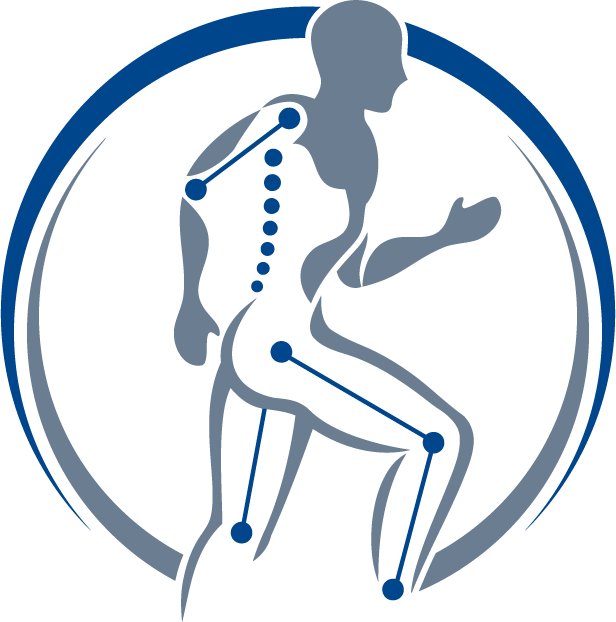
The Movement System
Move well, live well
“The way you move and the way you align yourself are important aspects in whether you develop early or late musculoskeletal pain - or how severe it becomes.”
— SHIRLEY SAHRMANN, PT, PHD
What is the movement system?
It is the collection of systems (cardiovascular, pulmonary, endocrine, integumentary, nervous, and musculoskeletal) that interact to move the body or its component parts.
A Deeper Dive in to the Movement System
At Precision Physical Therapy, we believe that repetitive movements and sustained postures result in tissue and motor-control adaptations which can lead to poor movement patterns. These movement patterns performed over time and across many activities lead to tissue stress and ultimately pain. This is nearly always the case in chronic or recurrent pain.
Our background in kinesiology and anatomy guide us in understanding what normal movement is for each joint and how it is impacted by any of your unique bone structure variations, connective tissue quality and preferred physical activities. We investigate how each joint is moving and how those movements are influenced by the soft tissue.
We spend a great deal of time focused on how the small muscles are aligning the joints, so that when the more powerful muscles are working, they are applying forces in a precise way. When we move with precision, it will reduce friction, compression and shearing at the joint surfaces, and minimize tension and compression of the nerves
Movement System Impairments: Your Physical Therapy Diagnosis
Through this testing we will describe your movement impairment and name it with a diagnosis. These diagnoses were developed over decades of work by Shirley Sahrmann and are called the Movement System Impairments. At Precision Physical Therapy you will have the opportunity to learn about your movement diagnosis and hot to identify these patterns that are impacting you. When you can control impaired movements, you can take control of your pain and return to pain free movement.
If you’re curious to learn more about this approach to Physical Therapy, see this interview by our mentor and friend, Dr. Shirley Sahrmann, in this video.
We develop a plan to remedy these impaired movements that we find in your initial examination. There are many different ways to improve movement quality. We will use a combination of:
Motor Control Training: learning to move in an improved pattern through neuromuscular re-education, slow motion video analysis and feedback, or taping techniques
Manual Therapy: when the tissue stiffness must be addressed to allow for improved movement with strategies such as joint mobilization, cupping or IASTM
Strengthening: when the improved movement is not able to occur because the requisite muscle strength is not present to generate correct movement
Functional Training: retraining sustained posture and movement habits across all high daily life tasks to ensure full integration of movement changes and sustained improvements over time
Every strategy recommended during your course of physical therapy will guide you to the ideal movement for your body in the context of activities that matter to you.

